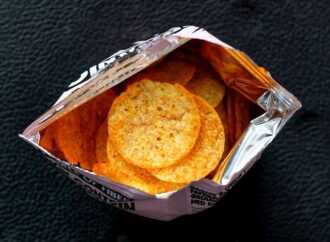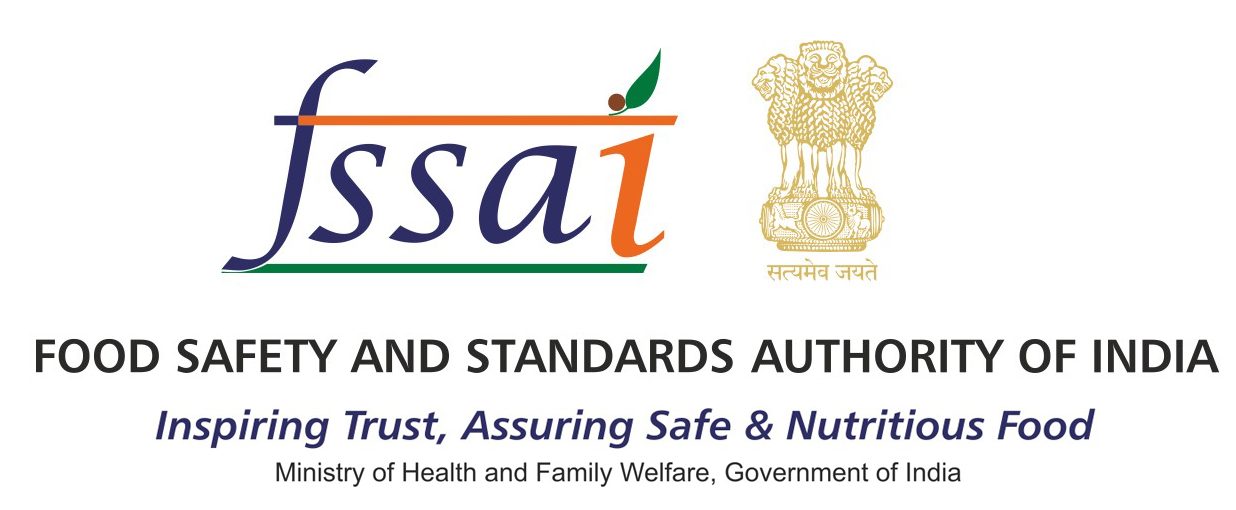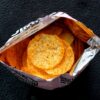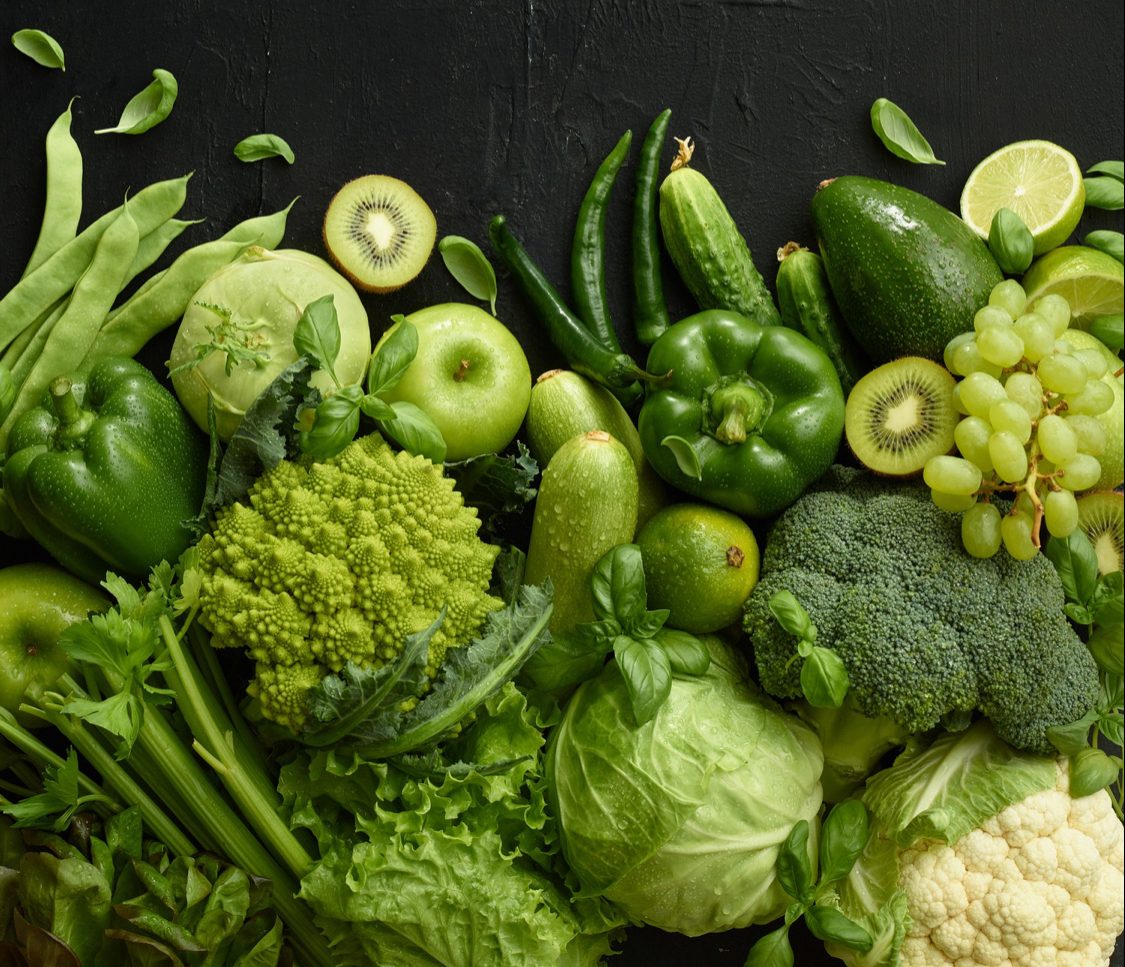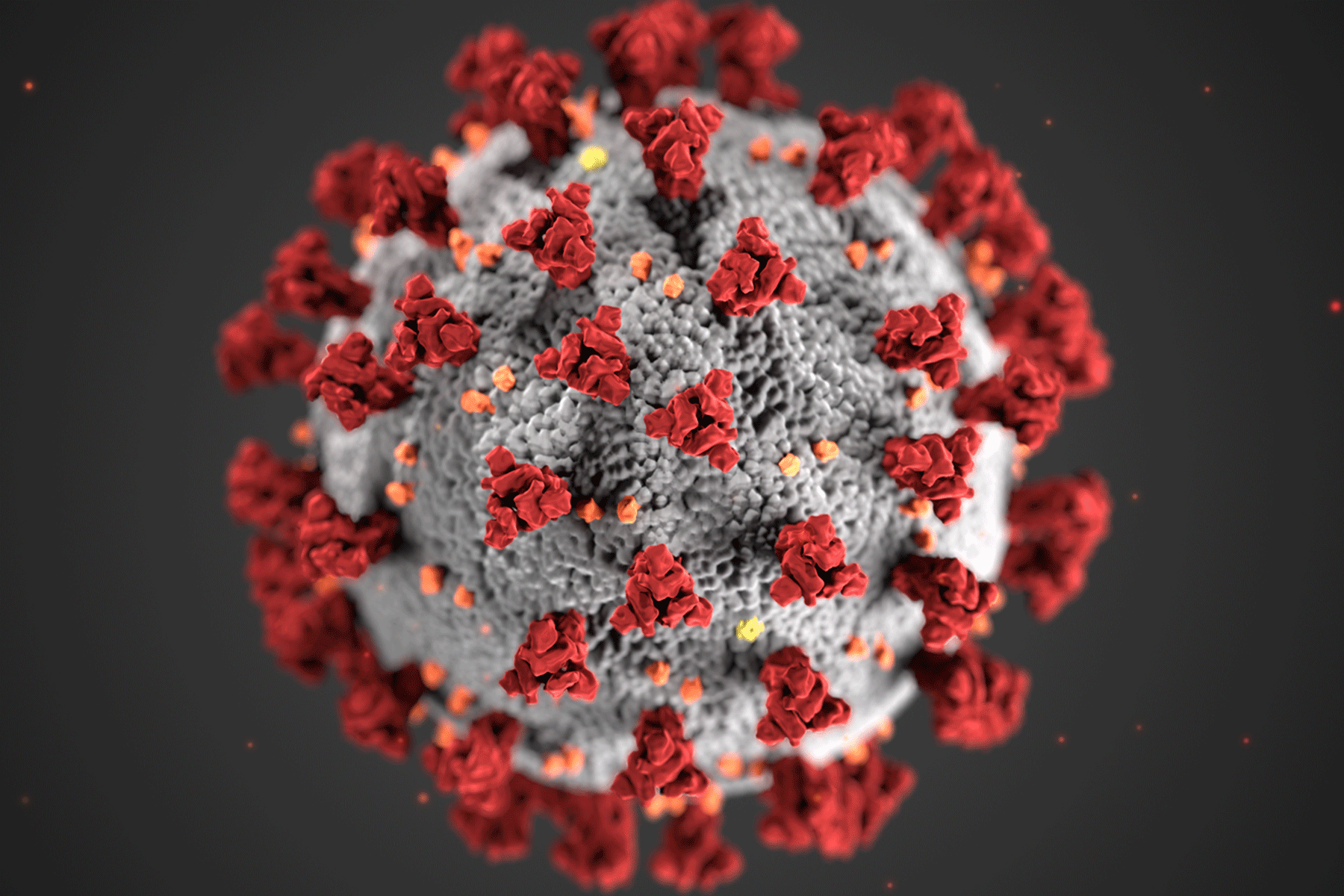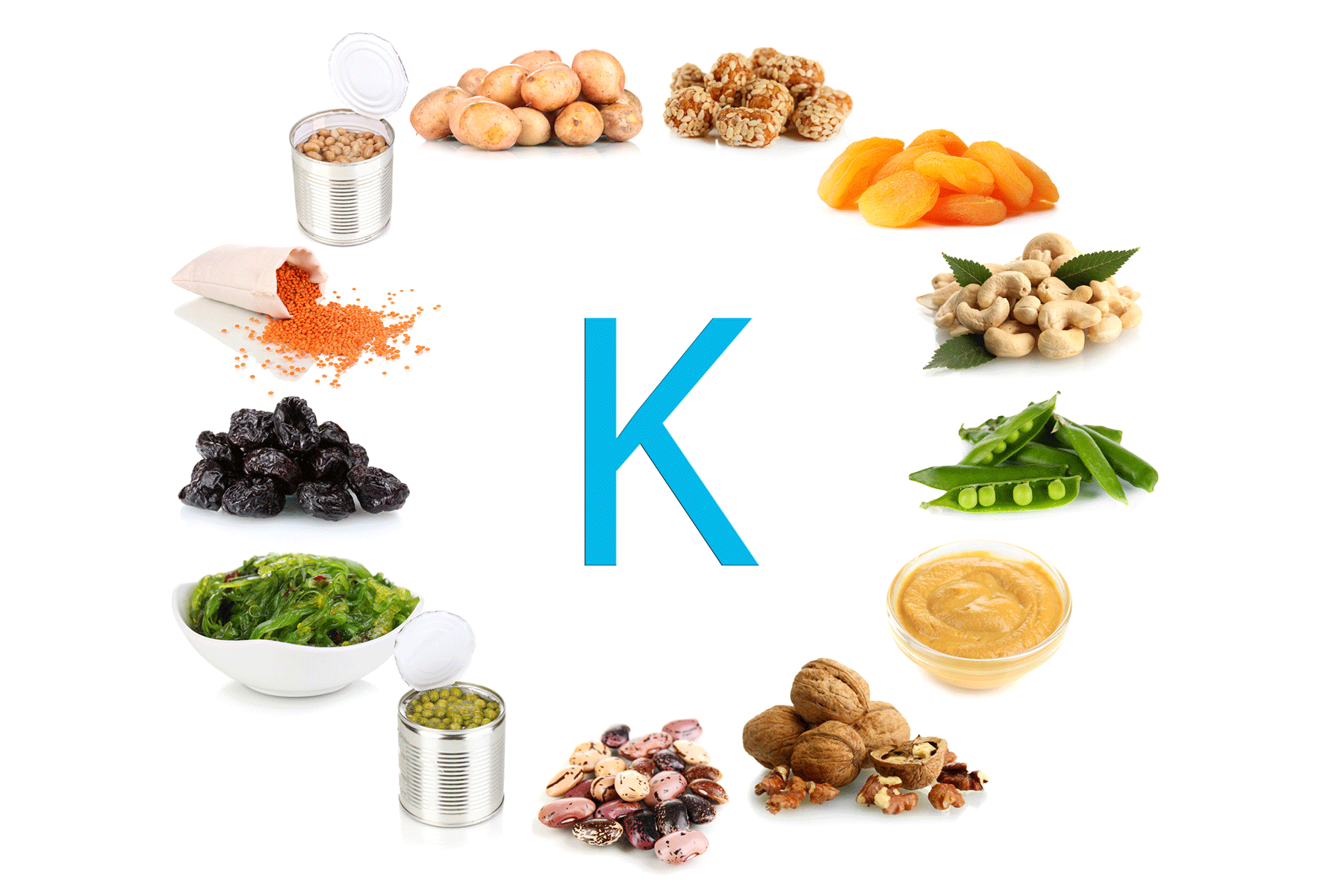Report
In just over four months, 2,869 people used the rapid food testing kiosks set up in ten Bangalore malls by the Food Safety and Standards Department, now renamed the Food Safety and Drug Administration Department (FDA). FDA officials considered this number low compared to the high footfall at these malls. The initiative also included awareness campaigns on food safety and adulteration risks, which reached over 16,200 people.
Consumers Find No Adulteration in Food Samples
Consumers tested 2,869 food samples using self-testing methods, and none showed signs of adulteration. While officials viewed this as a positive outcome, they also noted that the lack of adulteration might make people doubt whether the kiosks functioned correctly, potentially discouraging participation. Elements Mall in Thanisandra saw the highest participation, with visitors testing 1,033 samples and 4,258 people attending awareness sessions. Meenakshi Mall followed with 359 tests, while Phoenix Mall of Asia, where the food-testing kiosks were inaugurated, recorded 299 tests.
Kiosks Equipped with Rapid Tests and FSSAI’s Magic Box
The department launched these food-testing kiosks on October 24, equipping them with rapid test kits and a “magic box” to help the public assess food quality. Rapid tests relied on quick chemical reactions to detect common adulterants, while the magic box, an FSSAI-designed portable kit, contained multiple tools for on-the-spot food safety checks.
Shoppers Test Various Food Items
Shoppers used the safety kits to test pulses, sugar, cooking oil, tea powder, salt, dairy products like milk, ghee, paneer, and butter, along with vegetables, coriander powder, drinking water, and other essentials. FSSAI-trained workers assisted them at each kiosk. As per FDA officials managing one of the kiosks, most visitors focused on testing pulses, followed by ghee. Initially, people showed curiosity, expecting detailed reports on food quality. However, when they realized the tests only provided basic checks, fewer people returned. “People might be performing similar tests at home since they only require common household items,” the official said.
Poor Marketing Limits Public Participation
Consumers and shoppers criticized the initiative’s poor marketing, believing it contributed to low participation. Many remained unaware of the kiosks, while others avoided them because they had to purchase items elsewhere before bringing them in for testing.
Source: The New Indian Express
 Food Manifest
Food Manifest 
